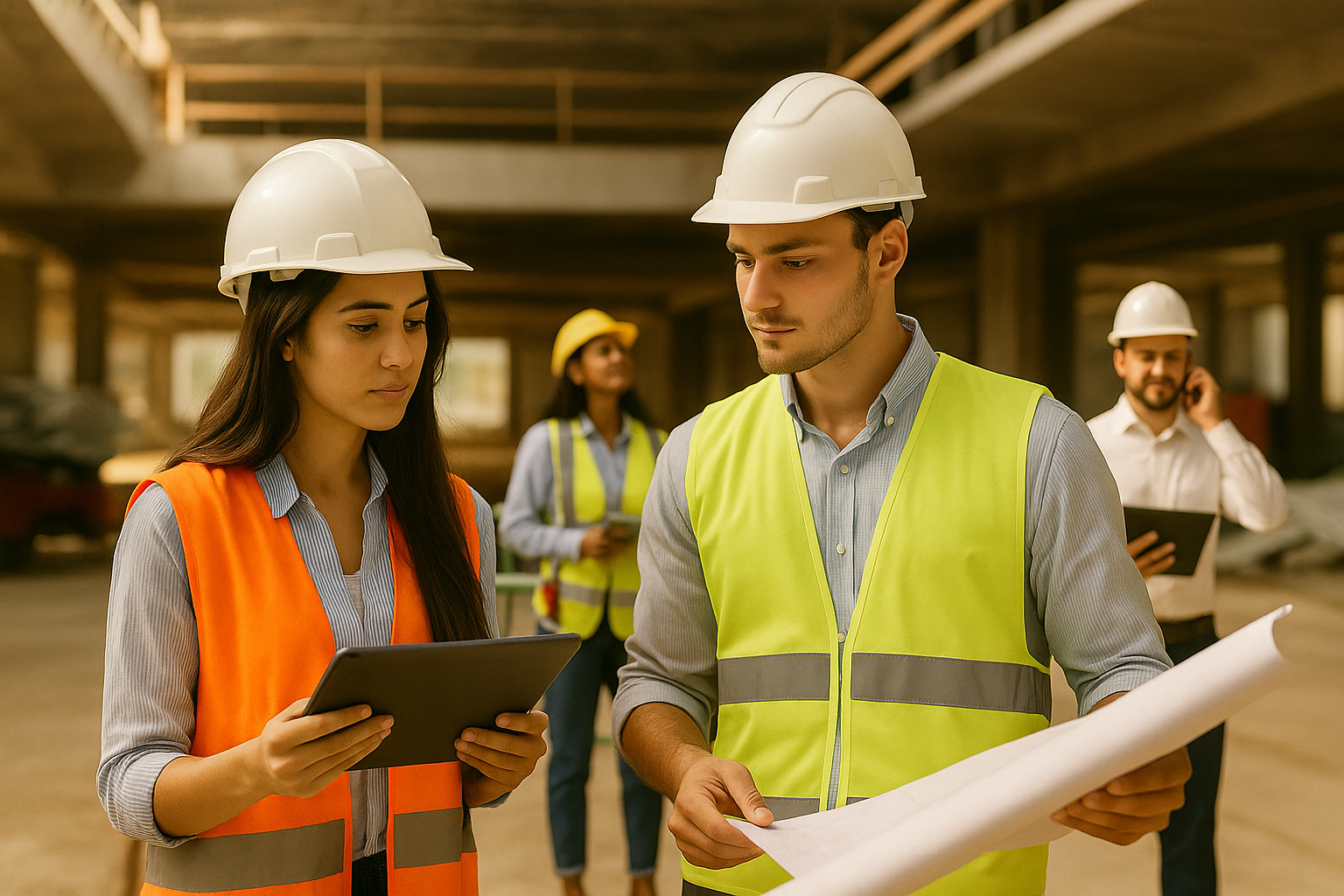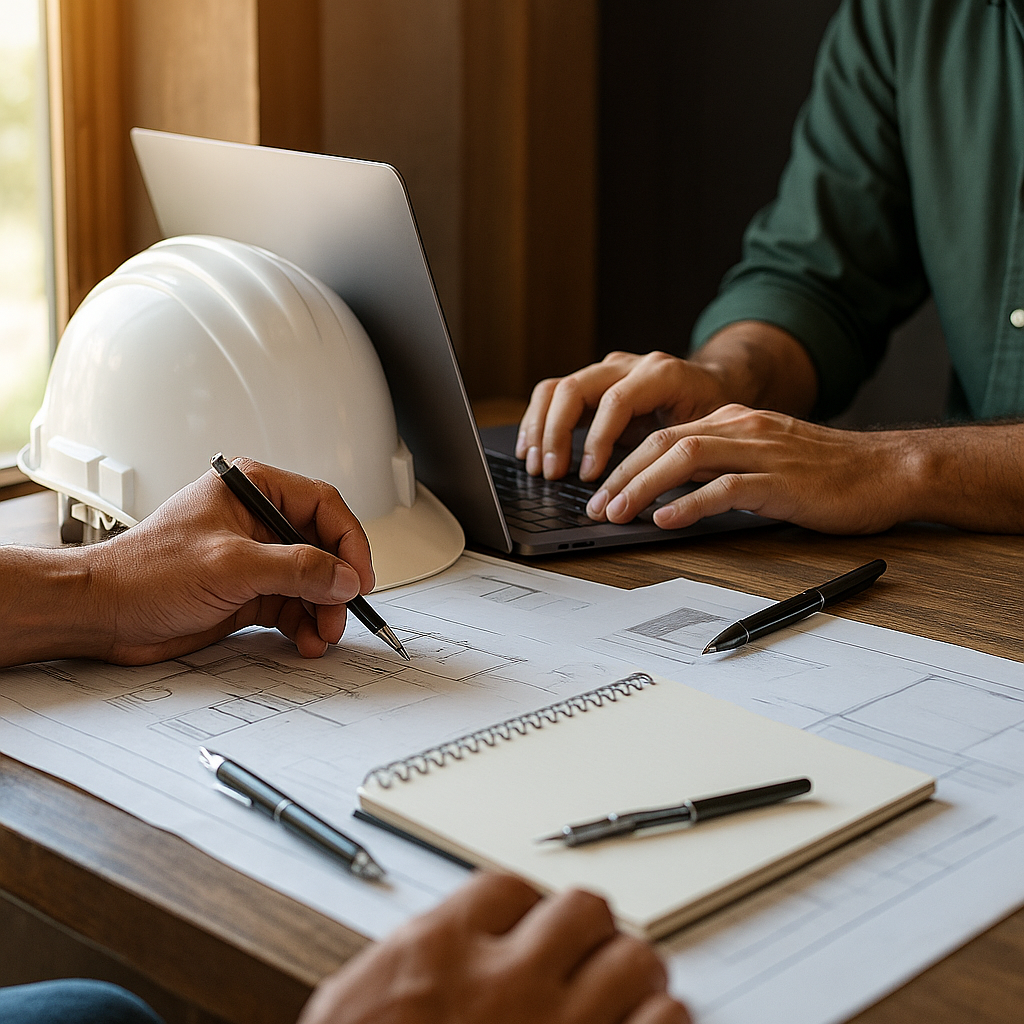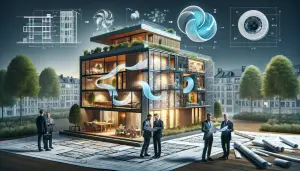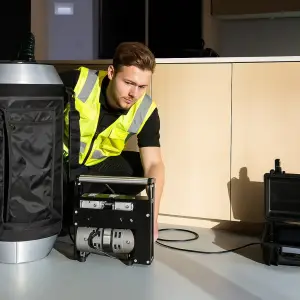UK Building Regulation Changes and the Push Towards Energy Efficiency
Climate action targets continue to shape how buildings are constructed and managed in the UK. With the government’s legally binding commitment to achieve net-zero carbon emissions by 2050, rules are tightening for both new and existing buildings. One of the most important updates comes through changes to building regulations, particularly a renewed focus on energy performance under Part L compliance.
The Future Homes Standard, which is set to take full effect in 2025, is at the heart of these changes. It aims to significantly reduce carbon emissions from homes while making new buildings better prepared for a low-carbon future. Builders, developers, designers, and homeowners must all now plan for stricter assessments, improved construction standards, and verified performance outcomes.
What Part L Compliance Really Means
Part L of the Building Regulations sets the required energy performance standards in England. It’s concerned with the conservation of fuel and power, targeting areas like insulation, air tightness, heating efficiency, ventilation, and the amount of carbon a building emits.
Under Part L compliance, both residential and commercial buildings must limit energy use and reduce carbon emissions during and after construction. These rules apply to all new builds and, in some cases, significant refurbishments or renovations. The goal is to meet design and construction standards that reduce reliance on fossil fuels.
The updated version of Part L aligns closely with the Future Homes Standard. For example, new homes built after 2025 are expected to produce much lower carbon emissions than those built under previous rules. We’re talking about cuts of up to 80 per cent, compared to pre-2013 levels. Reaching these targets means smarter design, greater quality control, and closer teamwork from planning through to completion.
As one of the UK’s leaders in Part L compliance, Ratio Seven supports clients with technical detailing, regulatory advice, and end-to-end compliance services throughout the build.
Key Changes to Know in Part L Compliance
We’ve seen several big shifts to support the UK’s drive toward zero-carbon buildings. Here are the most important updates included in the latest and future versions of Part L:
1. Much Lower Carbon Targets for New Homes
New buildings must meet tighter standards for primary energy use and carbon dioxide emissions. That means more insulation, reduced heat loss, and well-planned airtightness. Tools like thermographic surveys help detect issues during the build stage so they can be fixed before completion.
2. Shift From Gas Boilers to Heat Pumps and MVHR
Gas boilers are being phased out in new homes. Instead, developers are encouraged to install low-carbon tech like air source heat pumps and mechanical ventilation with heat recovery. This allows for a warm home in winter and fresh air all year without losing energy through leaky windows or walls.
3. Better Energy Models: The Home Energy Model (HEM)
The government plans to fully replace the familiar SAP (Standard Assessment Procedure) with a new tool for measuring domestic energy use: the Home Energy Model. It’s designed to be more accurate, especially when it comes to energy used in real-life conditions. In the meantime, approved SAP calculations remain in place and must be completed by accredited assessors to show planned compliance.
Builders working on new dwellings should also use SAP calculations for new builds early during the design stage. This supports smarter investment in insulation, building fabric, and heating system options.
4. Mandatory Photo Evidence and Documentation
To avoid poor installation and missed insulation, builders must now provide photo and written evidence throughout the building process. This includes thermal continuity, correct junctions, insulation wraps, and airtight barrier placements. Photos must be timestamped and geotagged, with storage until project sign-off.
We support this with specialist drone photography and aerial video to document construction progress, especially useful on larger developments.
5. Other Compliance Tools Required
- Airtightness testing is now essential for almost all new builds. This ensures that gaps and cracks are properly sealed to avoid wasted energy.
- Thermostatic radiator valves need to be fitted in every room except where a room thermostat already controls heating.
- Recommending thermal imaging and cavity checks throughout construction helps avoid delays at the end of the project.
Together, these performance checks and documentation methods are helping ensure new dwellings live up to their designed energy standards.
Best Approaches to Uphold Part L Compliance
To achieve success with Part L compliance, it’s not enough to simply tick a box at the end. Builders, designers, and developers need to plan for these requirements right from the start.
Connect Early With Compliance Professionals
Bringing in energy assessors and compliance specialists like us early in the process helps guide the design in the right direction. Our technical coordination supports layout options, heating choices, and building fabric ideas that keep you compliant without overspending. Good planning up front always pays off.
Invest in Training and Team Knowledge
Builders and trades need to be familiar with up-to-date construction techniques. Thermal bridging, airtight layer installation, and heat recovery ventilation systems are all easier to install when the team has been trained. Sharing knowledge with subcontractors can avoid errors that are costly and time-consuming to fix later.
Stick to Quality Checks Throughout the Build
Use mock-ups, visual inspections, and mid-stage testing to catch problems like poor junctions or gaps in insulation. Our build cost reduction services often identify bad energy decisions early and help fix them swiftly.

The Future Homes Standard and Wider Building Rules
Part L works alongside several other key building regulations. Part F, for example, deals with ventilation. With buildings becoming more airtight, the need for good internal air quality is growing. That makes systems like mechanical ventilation with heat recovery even more useful.
There are also transitional rules depending on the start dates for your project. If building work was notified before June 2022 and starts before June 2023, previous standards might apply. For anything launched since 2023, or from 2025 onwards, new rules and stricter targets must be followed.
Keeping up with updates shared by industry experts on LinkedIn is a good way for developers to stay informed without missing key changes.
Meeting the Future Homes Standard Through Smart Planning
The Future Homes Standard is designed to lift new buildings onto low-carbon paths. Homes must produce significantly lower energy and rely on technology that aligns with long-term climate goals.
Choosing to act now, ahead of 2025 standards becoming law, offers peace of mind and avoids rushed retrofits down the line. It’s also a chance for developers and self-builders to gain from reduced carbon taxes, government support, and consumer demand for greener properties.
Early planning with Ratio Seven can identify land, check performance goals, and prepare accurate building designs that meet the 2025 rules with ease.
Building Today with Tomorrow’s Standards in Mind
Staying ahead of regulations is now more than just good practice. The shift to stricter Part L compliance, guided by the Future Homes Standard, means every construction project must think about long-term carbon impact and build quality. By using expert planning, on-site checks, and the right technology, you can be confident your project meets current regulations and is ready for future ones.
For help with energy assessment, SAP calculations, airtightness testing, or comprehensive compliance support, we are ready to work with you at every stage. Whether you’re a one-home developer or a large housebuilder, Ratio Seven helps you move from design idea to completed building that performs as it should.
Let’s make your building work smarter.
Explore our work, get advice or speak to the team by visiting our about us or work for us pages today to see how we can support your next project.




